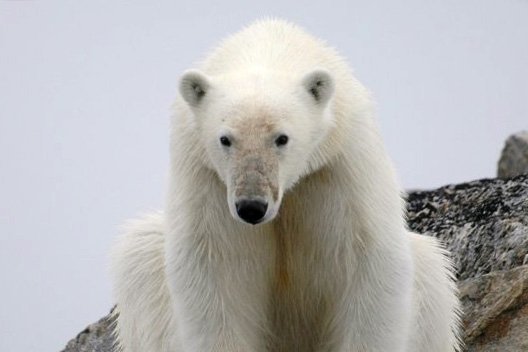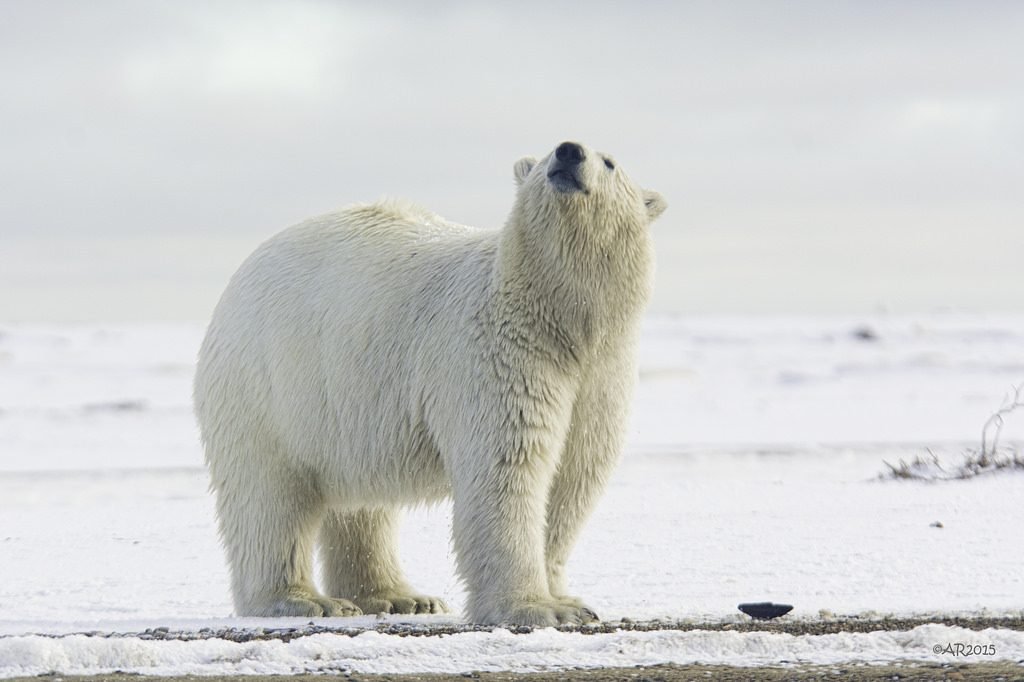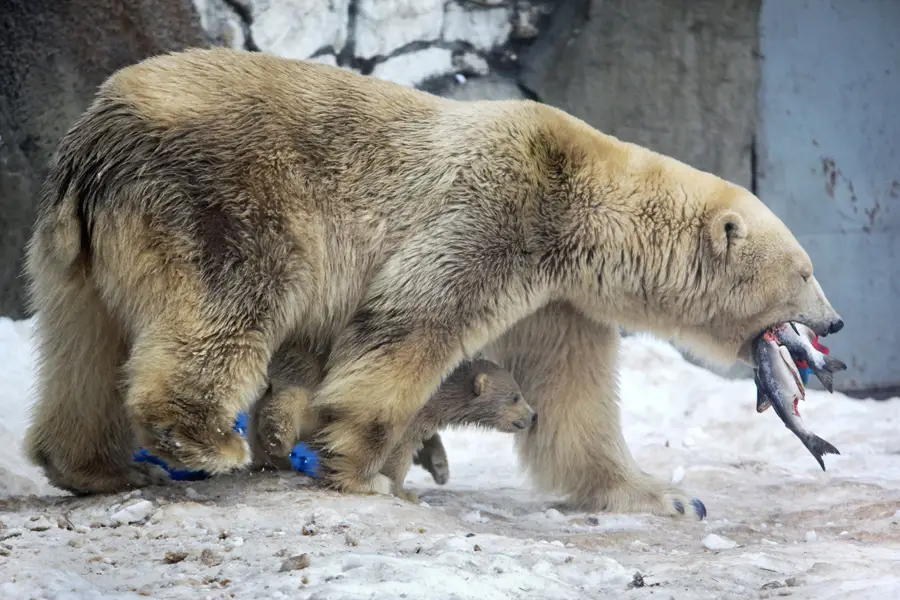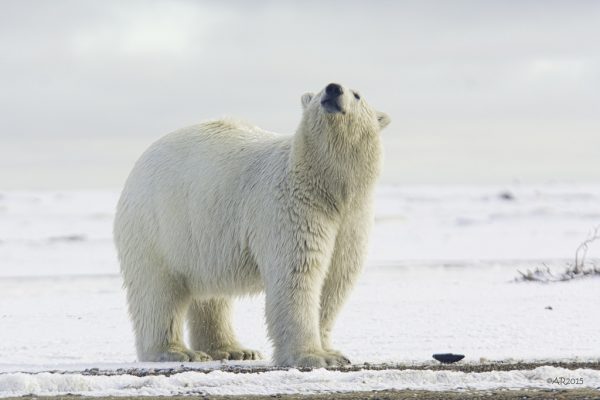A Polar bear can smell a seal that is at a distance of 32 km i.e. 20 miles away from it. This is indeed an extraordinary sense of smell. Not only this, Polar Bear can smell a seal which is 3 feet beneath the ice from a distance of 1 km i.e 0.6 miles. With such a powerful sense of smell, Polar Bears completely rely on it for finding its prey. Recent studies on Polar Bears have confirmed that they completely rely on their sense of smell and wind direction to look for seals. I am sure that you may have been amazed by knowing that how far can a polar bear smell, continue reading as we have gathered a lot more information not only about their sense of smell but also how its existence depend on it.
How Far Can a Polar Bear Smell
- 32 km is a very long distance for sense of smell and it is for sure that mother nature has equipped the polar bears with some really extraordinary sensory organs.
- This whopping distance of 32 km put polar bears at the top in the animal kingdom when ranking animals according to their sense of smell.
- Polar bears always move crosswind to find their prey. This helps in picking up smell from long distances.
- This crosswind movement of Polar Bears is very unique as such behavior has only been observed in insects and birds but not in mammals.
- The crosswind movement technique helps in hunting only when the wind is blowing slowly and mostly in the dark when polar bears are unable to see clearly.

How Good is a Polar Bear’s Sense of Smell
- The Polar Bear’s sense of smell is the best in the whole animal kingdom with the ability to smell their prey and other polar bears at very long distances.
- Their sense of smell is so good that most of the time it relies only on it rather than its other senses of hearing and sight.
- It is always the sense of smell that let the polar bear know about its prey and other polar bears long before it can hear or see it.
Why is the Polar Bear’s Sense of Smell so Strong
- A polar bear has more olfactory nerve endings than other animals. Their brain is more dedicated to process olfactory signals than its other senses.
- This amazing sense of smell is an evolutionary trait developed over thousands of years for survival. A larger portion of brain mass is especially dedicated to process input from its sense of smell (the olfactory lobe). This is further supported by large nose that is capable to pick and identify the least intensity of a smell.

How the Sense of Smell Helps the Polar Bear
-
Polar Bears find food using their sense of smell
- The sense of smell is the only way through which Polar Bears find food to survive. Finding seals, carcasses and alternate polar bear food is not an easy task especially in the harsh environment of the arctic region. It is only due to this strong sense of smell which points the polar bear right in the direction of its food.
- Polar bears continues sniffing with every step as they move in search of food and changes direction accordingly as they pick any smell.
-
Polar Bears find mate using their sense of smell
- Reproduction is the only way through which the population of Polar Bear can be increased and ultimately it relies on their sense of smell.
- Studies suggest that polar bears leave their unique scent as they walk on the sea ice. This scent is unique for every polar bear.
- The purpose of this scented trail is to let other polar bears know the exact identity of the polar bear i.e. whether it is a male or female or is the female ready to breed or not.
-
Polar Bears Smell Keep the Mother and Cubs Together
- The mother polar bear does not keep an eye on its cub but rather a nose on them. It is the strong sense of smell with which the mother polar bear is able to find its cubs and keep them close to itself.
- In addition to this it also helps the mother to detect any possible danger to its cubs from other polar bears or animals. When it smells something like this it takes its cubs to a safe location.

How Climate Change Effect Can Effect Polar Bear Smell
- Climate change is a real threat to the Polar Bears. The shrinking of sea ice in the northern polar region has already made it hard for the polar bears to hunt.
- This threat will further escalate as changes in wind patterns due to climate change have already been predicted. Wind speeds will change through out the world and their speed will increase more in the Arctic region.
- Polar Bears completely rely on their sense of smell, the direction and the speed of the wind to find their hunt (seals) at long distances. At high wind speeds their sense of smell is limited and it is harder for them to find seals to eat.
- This will definitely definitely decrease their chance of survival.
- On the other hand if the sea ice continues to melt it will break the scent trails that a a ready to breed female might leave for prospective mates. This will make it harder for polar bears to find mates and ultimately decrease the population of polar bears.







Leave a Reply